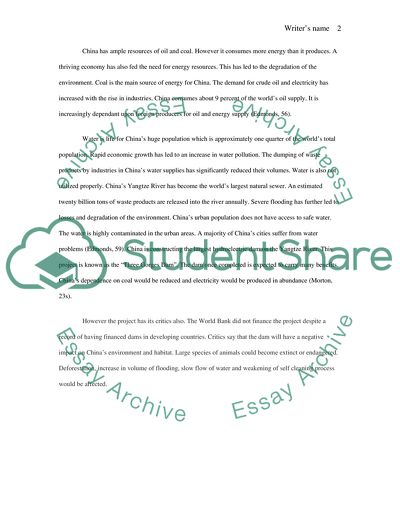Cite this document
(Chinas Environment Case Study Example | Topics and Well Written Essays - 2634 words, n.d.)
Chinas Environment Case Study Example | Topics and Well Written Essays - 2634 words. Retrieved from https://studentshare.org/environmental-studies/1545823-chinas-environmental-issue
Chinas Environment Case Study Example | Topics and Well Written Essays - 2634 words. Retrieved from https://studentshare.org/environmental-studies/1545823-chinas-environmental-issue
(Chinas Environment Case Study Example | Topics and Well Written Essays - 2634 Words)
Chinas Environment Case Study Example | Topics and Well Written Essays - 2634 Words. https://studentshare.org/environmental-studies/1545823-chinas-environmental-issue.
Chinas Environment Case Study Example | Topics and Well Written Essays - 2634 Words. https://studentshare.org/environmental-studies/1545823-chinas-environmental-issue.
“Chinas Environment Case Study Example | Topics and Well Written Essays - 2634 Words”, n.d. https://studentshare.org/environmental-studies/1545823-chinas-environmental-issue.


